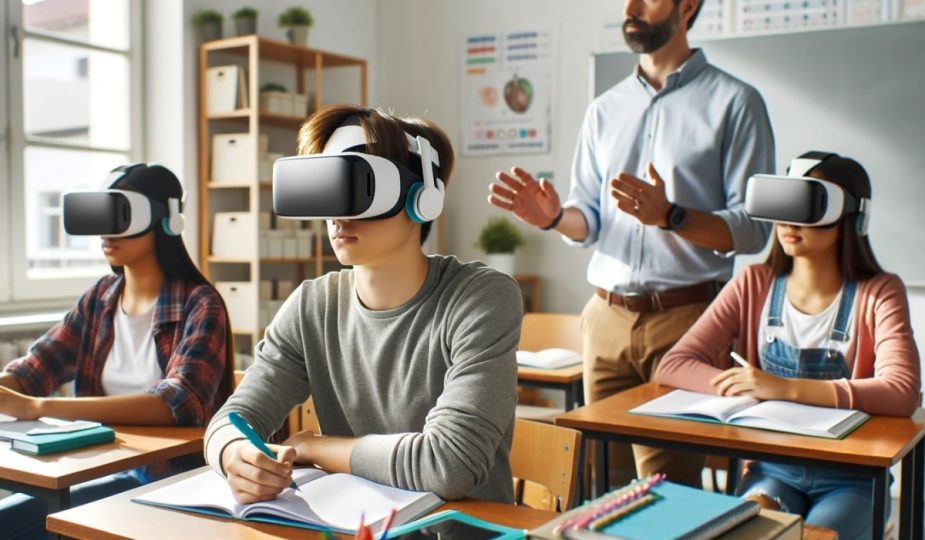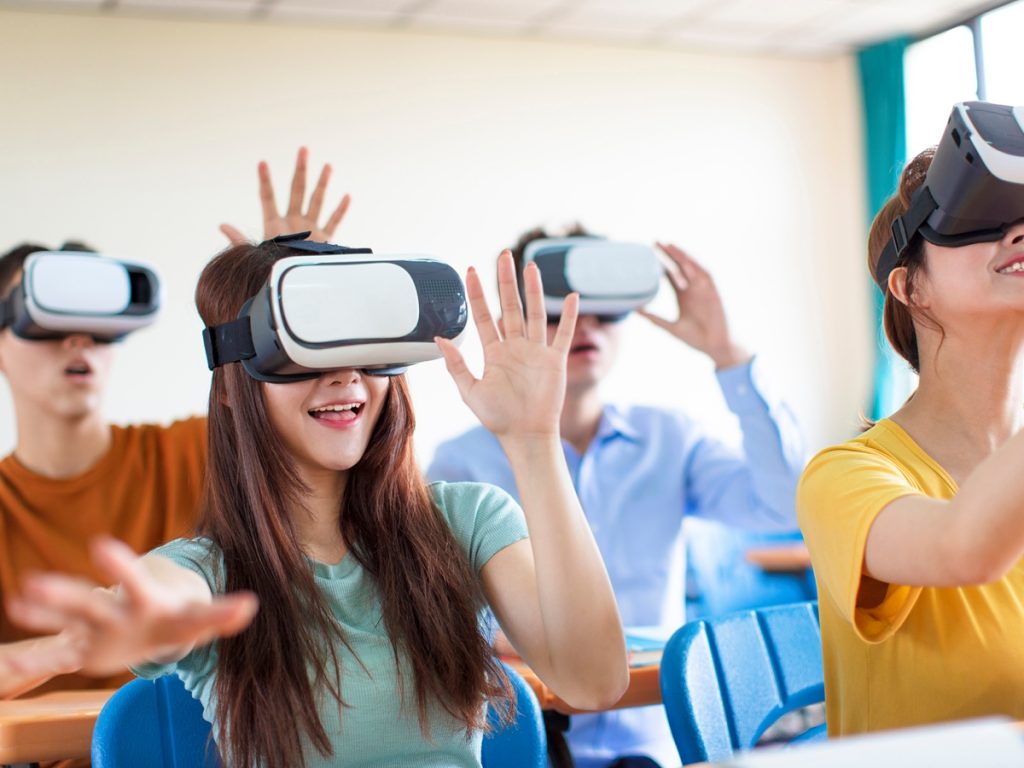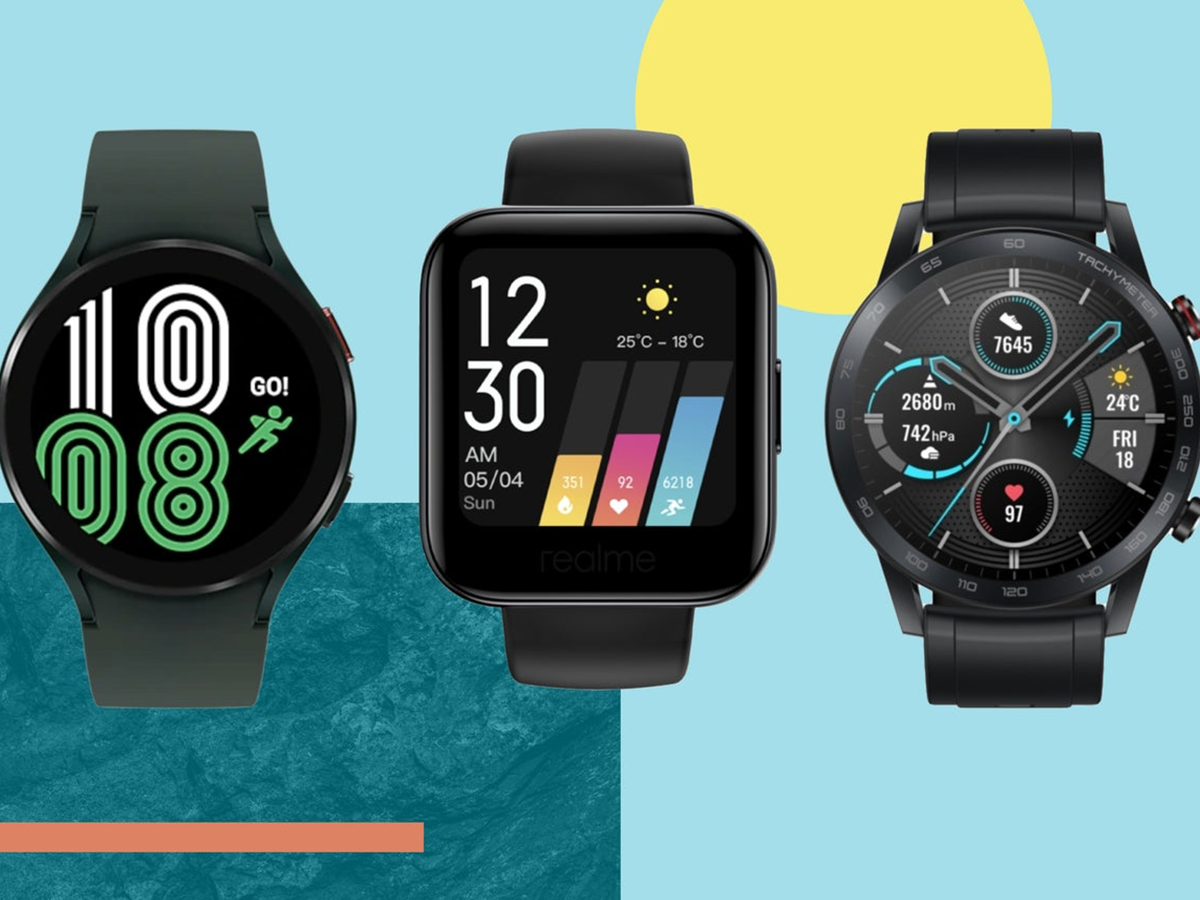
Influence of Virtual Reality on Education
Affiliate Disclosure: This site may contain links to affiliate websites, and we receive an affiliate commission for any purchases made by you on the affiliate website using such links.
Virtual reality (VR) is reshaping the educational landscape by offering immersive and interactive learning experiences that go beyond traditional classroom boundaries. As this cutting-edge technology becomes more accessible, its impact on education is becoming increasingly profound, transforming how students learn and engage with content.
One of the primary benefits of VR in education is its ability to enhance student engagement. By creating a fully immersive environment, VR captures students’ attention and enables them to explore subjects in a way that is not possible with textbooks or lectures alone. For instance, students can virtually visit historical landmarks, explore the depths of the ocean, or even journey through the human body, experiencing these environments as if they were physically present. This immersive experience fosters a deeper understanding of complex concepts and encourages active participation in the learning process.
VR also improves retention by providing experiential learning opportunities. When students can actively interact with the subject matter, they are more likely to remember the information. For example, VR simulations can be particularly beneficial in science education, allowing students to conduct experiments in a risk-free virtual lab. This hands-on approach not only reinforces theoretical knowledge but also helps students develop critical thinking and problem-solving skills.

Furthermore, VR offers practical training opportunities that are invaluable in fields such as medicine, engineering, and vocational training. Medical students can practice surgical procedures in a virtual operating room, engineers can simulate the construction of structures, and trainees can experience real-world scenarios in a controlled environment. This allows learners to gain practical experience without the constraints of physical resources or safety concerns.
However, the implementation of VR in educational settings is not without challenges. High costs of VR equipment and software can be a significant barrier for many institutions. Additionally, integrating VR into existing curricula requires careful planning and training for educators to effectively utilize the technology. There are also concerns about accessibility, as not all students may have equal access to the necessary technology outside of school.
In conclusion, virtual reality holds immense potential to revolutionize education by providing immersive, engaging, and practical learning experiences. While there are challenges to overcome, the benefits of VR in enhancing educational outcomes make it a promising tool for the future of learning. As technology continues to evolve, VR is likely to become an integral component of modern education, offering students a richer and more interactive way to learn.
Hi~Living Deals from "SUAVS"









